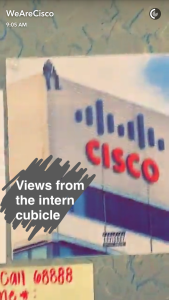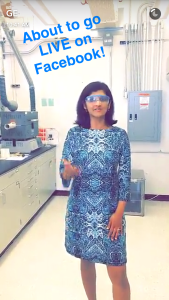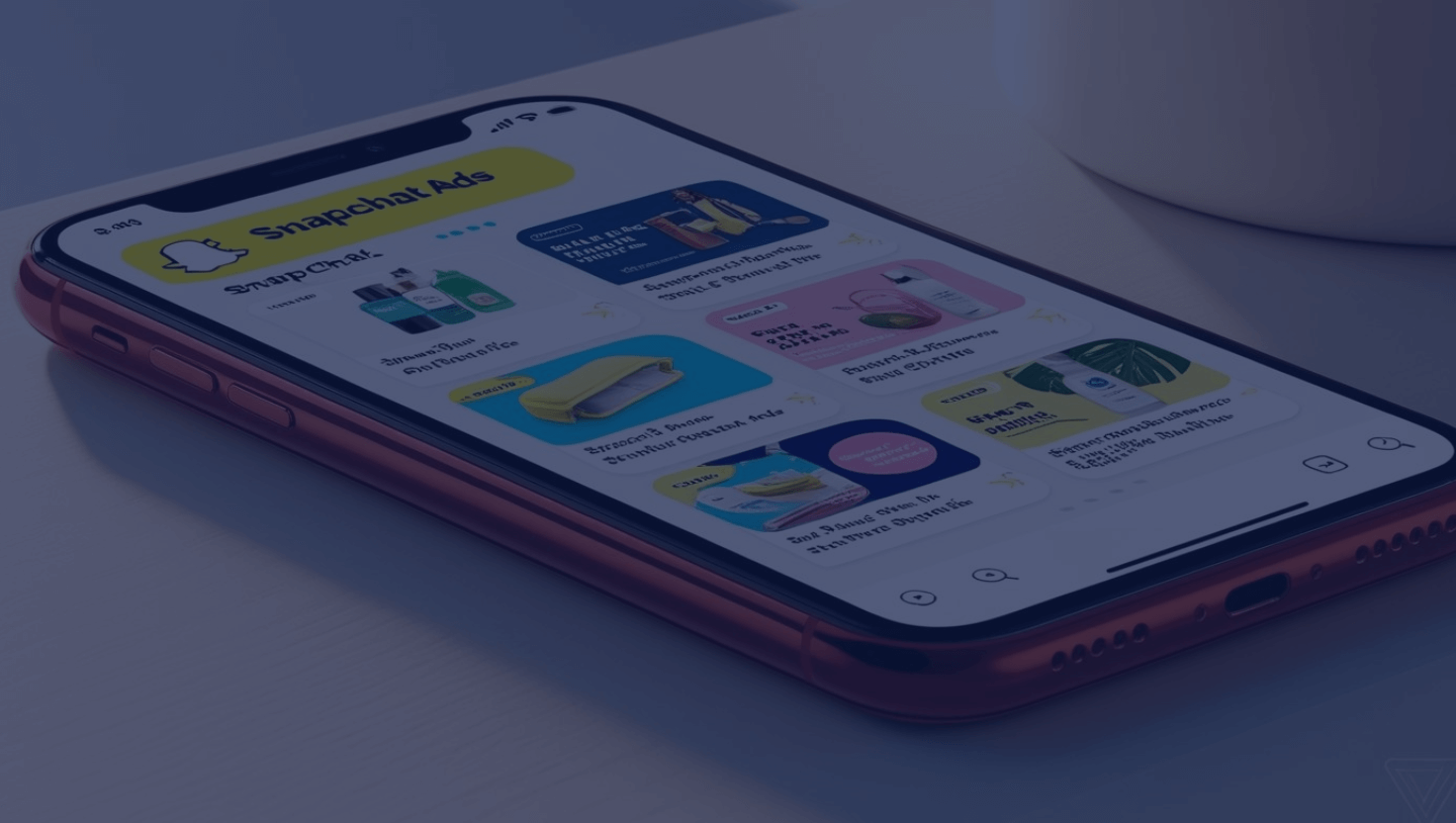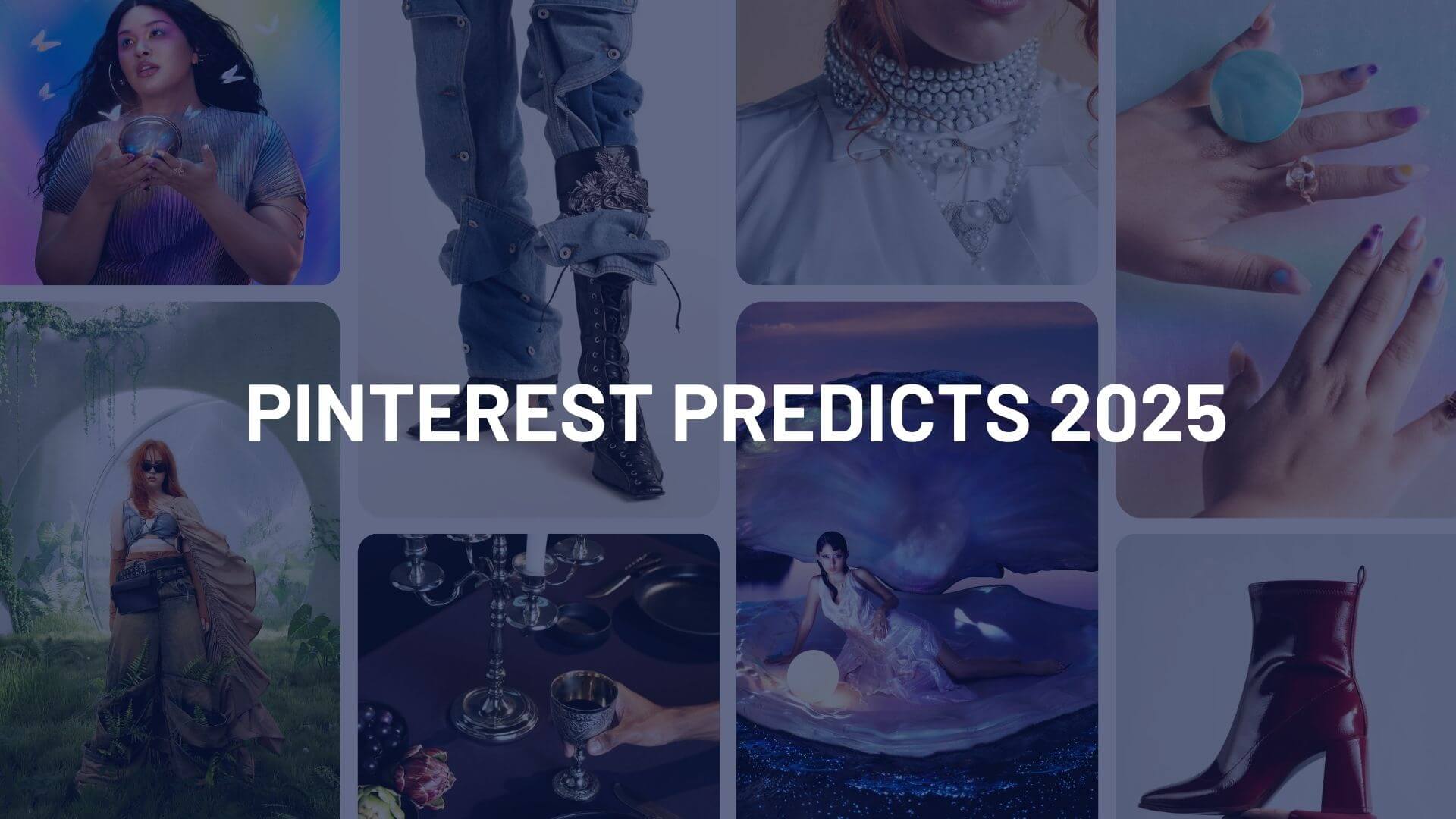
Snapchat just became more popular than Twitter, based on daily active users (DAU). The 4 year-old company has 150 million daily users while Twitter, which is 10 years old, has less than 140 million users according to estimates from a Bloomberg survey. That places Snapchat as the estimated 3rd biggest social network worldwide. This is an estimate since social platforms use different scales to measure user activity- Monthly Active Users (MAU) vs. Daily Active Users (DAU)- and they don’t constantly give out their numbers.
Here’s the current rank of social platforms based on daily active users via SocialMediaToday:
Facebook – 1.09b daily active users
Instagram – 200m daily active users
Snapchat – 150m daily active users
Twitter – 136m daily active users
LinkedIn – 53m daily active users
Pinterest – 50m daily active users
Should brands care about Snapchat?
Here are 5 stats about Snapchat’s marketing potential that marketers should know:
1. 57 million Americans use Snapchat. That’s almost 20% of the U.S. population.
2. The number of new users over the age of 25 is growing. According to Mediakix, “Snapchat added more 25- to 34-year-olds (an increase of 103%) and users over the age of 35 (an 84% increase) than 18- to 24-year-olds—the latter demographic only increased by 56%.”
3. Over half of all Snapchat users visit the app at least once every day.
4. 8 million videos are published daily on Snapchat.
(Mediakix)
5. 10 billion videos are watched daily on Snapchat (Bloomberg, April, 2016).In comparison, 8 billion videos are watched daily on Facebook (Fortune, November 2015). But that number has probably increased since then for Facebook.
These numbers illustrate how Snapchat’s popularity is increasing; it’s user base age is growing and diversifying; and it’s high video engagement rates are rivaling the numbers from the no 1 player in social platforms- Facebook. But that doesn’t mean that all brands can benefit from joining Snapchat. So far, brands that target a younger audience have used the platform to expand their social storytelling, partner with influencers to increase reach, and scale their stories through sponsored content (for brands with deeper pockets). But here are some problems that brands can run into with Snapchat:
1. ROI is hard to measure. Snapchat doesn’t offer an analytics platform like Facebook Insights or Twitter Analytics, so it’s hard for marketers to measure engagement. That is set to change- Snapchat has recently partnered with Innovid, Sizmek, and Nielsen to provide better insights and tracking for paid campaigns. Hopefully, metrics for organic traffic will soon follow.
2. Getting top visibility can be expensive. In January, Adweek reported that Snapchat was asking brands for $750,000 a day for ads that appeared in users’ recent updates feed. Sponsored lenses can cost more than $700,000 (Digiday). Paid advertising in Snapchat is exclusive for brands that can afford it, so most brands are focusing on snaps, stories, or targeted geofilters (which are significantly less expensive).
3. It is hard to discover new accounts. Unlike other social platforms that offer suggestions when users search for a new account to follow, Snapchat offers none. Users need to know the exact letter-by-letter username of the account they want to follow or it will not appear in the search results. This makes adding more “friends” organically more complicated, but brands have solved that by cross-promoting their usernames in other social channels.
4. Creating ephemeral content. The fact that brands have to spend resources creating content that doesn’t last long can be another concern for marketers. But, just like all other social platforms, brands should find ways to recycle content. This will give them better visibility and is a more efficient use of resources.
Bonus: How B2B brands are currently using Snapchat
Currently B2B brands are expanding their social media presence with Snapchat by delivering entertaining or educational content. Cisco and General Electric, for instance, are focusing on company culture. General Electric has been featuring and interviewing their own female employees to highlight women in tech. Cisco has been showing internal company events such as outdoor meals and funny interviews with their interns. This is an interesting strategy. Since most of Snapchat users are college students, these companies seem to be using it to seek out and attract top hires.
Username: wearecisco
Username: generalelectric
B2B brands can also use Snapchat to supplement their trade show marketing. For a small fee, B2B brands can create geofilters that encourage attendees to be playful and create content with the event.
Even if B2B brands don’t see a potential for Snapchat right now, as our Social Media Specialist Alessandra Del Brocco cleverly pointed out, “it can’t hurt for brands to claim their names for future use or to join in the conversation at an event with a geo-tag”.







